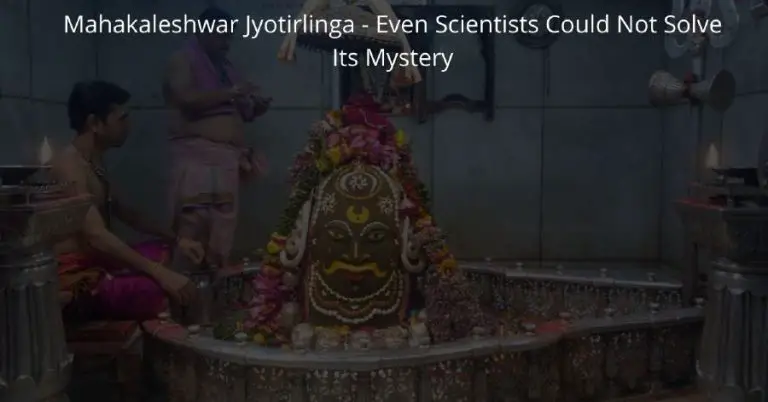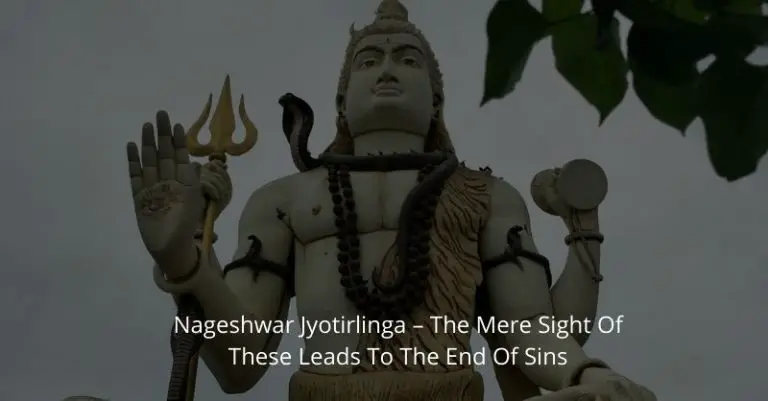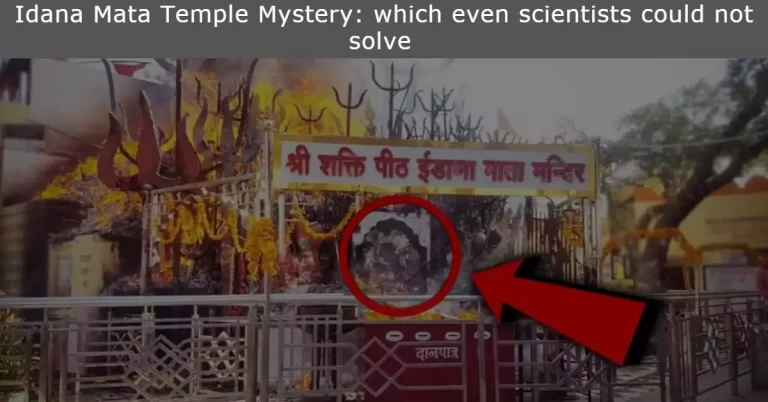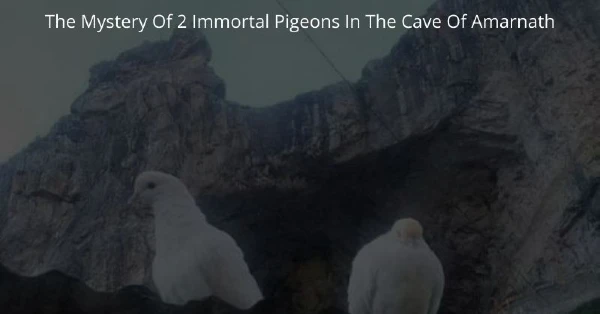History and Spiritual Significance of 12 Jyotirlingas of Lord Shiva
12 Jyotirlinga is related to Lord Shiva of Hinduism which according to Hindu belief is one of the most important gods. Hinduism that 3 main God is Brahma, Vishnu, and Shiva i.e. Mahesh. It is believed that Brahma is Universe Creator, Vishnu is Preserver and Shiva is responsible for destroying Universe for re-creation attempts.
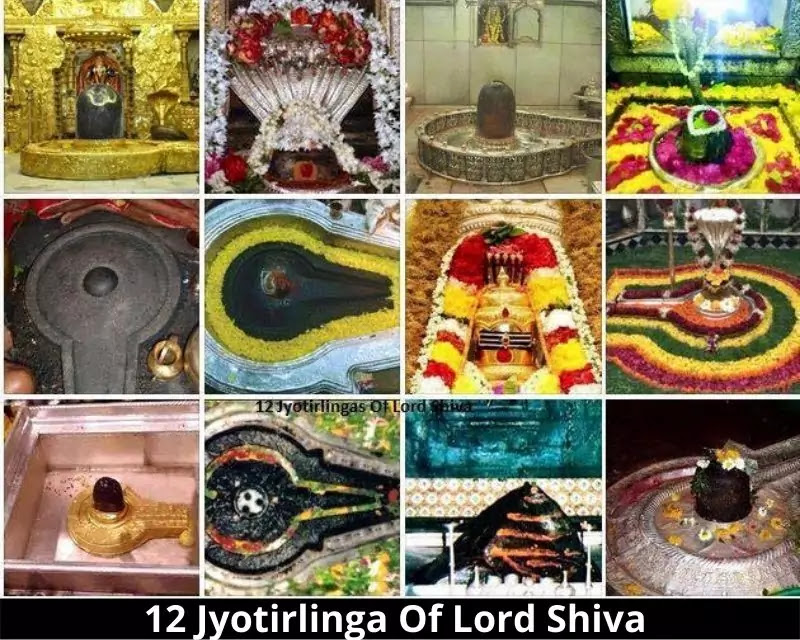
According to Hindu belief, Shiva’s power of destruction, re-creation works to destroy illusion and imperfection from the world, Shiva uses this power in a constructive way. It is believed that Shiva has an untamed passion. from which they reach extreme behavior
Shiva also gets angry and gets influenced by Mohit i.e. love, according to the beliefs, his wife Parvati is there to handle him, the relationship of both brings a balance.
Shiva is also angry and also has a lover. According to the Hindu belief, there are many events and stories which are told in Puranas and stories. There is a section of Hindus which is known as ‘Shavait’. The primary god of this section is Lord Shiva and friends, in this article we will discuss the presence of Shiva and the most important 12 jyotirlingas in India.
.
Meaning of Jyotirlinga
Jyotirlinga means the radiant symbol or symbol of Lord Shiva generally called Linga. According to Hindu beliefs, the world originates from the divine union of the penis and the vagina.
12 jyotirlinga Name and Place
Somnath Jyotirlinga
Location: Gir Somnath, Gujarat
Somnath Jyotirling’s are located in Somnath of Gujarat which is located in Prabhas Patan. It is believed to be the oldest Jyotirlinga and according to legends, this temple was created by Soma i.e. the original God himself. The linga of the Delhi Sultanate from this temple is also a document in history; History Mahmud Ghaznavi also connects the ruler of Delhi Sultanate to this region.
Mahmud Ghaznavi attacked this temple about 16 times in the 11th century. The Shivling here was also broken and the temple was looted, however, later this temple was reconstructed and even today Somnath is considered a symbol of Hindu religious importance.
.
Nageshwar Jyotirlinga
Location: Daarukavanam in Gujarat
After Somnath, there is another Jyotirlinga in Gujarat which is called Nageshwar. Nageshwar temple is located near Dwarka. According to Shiva Purana, these friends are in “Daarukavanam” which is the Ancient name of the forest. According to Indian belief, Lord Krishna used to perform Rudrabhishek in this forest. Rudra is another name for Lord Shiva.
.
Kashi Vishwanath Jyotirlinga
Location: Varanasi, Uttar Pradesh
This Jyotirlinga is called Vishwanath because it is believed that Shiva is the ruler of the universe, according to the belief, he also rules the universe and has the power to destroy it. Kashi Vishwanath Jyotirling is present on the banks of the river Ganges in Varanasi. It is considered the most sacred of all Jyotirlingas.
.
Mahakaleshwar Jyotirling
Location: Ujjain, Madhya Pradesh
Mahakaleshwar Jyotirlinga is situated on the banks of the Shipra river in Ujjain. The linga present here is called ‘Dakshin Mukhi’ because it is Southward-faced. Out of all the twelve Jyotirlingas, Mahakaleshwar is considered to be Swayambhu. It means Mahakal himself was born and no establishment has taken place here.
According to the belief, he drives the power from inside himself. On the occasion of Mahashivratri, devotees worship all night here and in all the Jyotirlinga temples with pomp. Mahakal is not related to death but to time. It is said that Mahakal Shiva is infinite i.e. Eternal.
.
Mallikarjuna Jyotirlinga
Location: Srisailam, Andhra Pradesh
Sri Mallikarjuna Jyotirlinga Temple is located in Srisailam, Andhra Pradesh. According to one belief, Shiva and Parvati stayed at Srisailam to be with their son Kartikeya. Friends, this Jyotirling is one of the 275 ‘Paadal Petra Sthalam’ i.e. 275 divine places spread in Asia. It is the pilgrim center for the devotees of Shivaya.
.
Omkareshwar Jyotirlinga
Location: Khandwa, Madhya Pradesh
The second Omkareshwar Jyotirling after Mahakaleshwar is in Madhya Pradesh. This Jyotirlinga is located on a river island, ‘Mandta’ in the Narmada River. The name Omkareshwar is given above the shape of Friends Island which looks like Om. There are two temples of Lord Shiva here, one is Omkareshwar i.e. Lord of Om and the other is Amareshwar i.e. Immortal Lord.
.
Kedarnath Jyotirlinga
Location: Kedarnath, Uttarakhand
Friends, which is considered the most difficult for the visitors, this is Kedarnath Jyotirling in Uttarakhand. This is the same Kedarnath Jyotirlinga who is still alive in the hearts of the natural disaster due to cloudburst in 2013. About 6000 people died in this disaster. Apart from this, ecologist “Chandra Prakash Kala” says that the strategy had a loss of $ 285 million worth of roads and bridges, $ 30 million worth of dam projects as well as $195 million to state tourism.
Kedarnath is also located at an altitude of 3583 meters from Rishikesh Uttarakhand and is accessible only for 6 months a year due to extreme weather conditions. It is also one of the 275 ‘Paadal Petra Sthalam’ which was built by the Pandavas and unveiled by Adi Shankaracharya.
.
Bhimashankar Jyotirlinga
Location: Pune, Maharashtra
Maharashtra has the largest number of Jyotirlingas in India. There are three Jyotirlingas in Maharashtra, the first Jyotirlinga is Bhimashankar which is located near Khed Talukas. This is the origin of River Bhima. This temple was built in the 18th century. And it is built from Agra Architecture. According to legends, the earlier ancient temple was built for a self-mode Shivling.
.
Trimbakeshwar Jyotirlinga
Location: Nashik, Maharashtra
The second Jyotirlinga is Trimbakeshwar. Friends, a temple of Lord Shiva located in Nashik City is located on Brahmagiri mountain. According to Shiv Purana, at the request of the Godavari and Gautam Rishi, Lord Shiva had decided to reside in Trimbakeshwar. They symbolize Lord Brahma, Vishnu, and Shiva with three faces.
.
Ghaneshwar Jyotirlinga
Location: Aurangabad, Maharashtra
According to its importance, these are 12 jyotirlingas of India which are located in Aurangabad. He is also called Grishneshwar Jyotirlinga or Ghaneshwar Jyotirlinga and some people are also called Dushmeshwar Jyotirlinga. Grishneshwar means Lord of Compassion. After this, we go to Jharkhand.
.
Baidyanath Jyotirlinga
Location: Deoghar, Jharkhand
Baidyanath Jyotirling Deoghar is located in Jharkhand and is named Vaidya because it is here that Shiva cured the demon king Ravana. Ravana was an unbroken Shiva devotee, because of this Lord Shiva was pleased with him and cured him because Baidh is called a doctor in Hindi, hence the name of Jyotirlinga was Baidyanath.
.
Rameshwaram Jyotirlinga
Location: Rameswaram Island, Tamil Nadu
According to Hindu belief, he is related to Lord Rama. It is said that Lord Rama, who was a Brahmin before killing Ravana, made a Shivalinga and worshiped him and the linga he worshiped was called Ramanathan. Friends, he is also called Ramnath Swami. Rameshwaram temple is present on Rameshwaram Island of Tamil Nadu.
.
About all Jyotirlinga
According to Hindu Belief, the Universe regenerates after every two billion 160 million years. This is a cycle which, according to Hindus, Shiva destroys the universe, even after it gives it to Brahman to create it in a new way. Friends, Shiva has thousands of definitions and many forms. On the one hand, he is said to be angry, according to the beliefs, he is also called the evil spirit, the leader of the ghost.
Shiva is the yogi and important god of the charism section, while there is also the secret tax of Hinduism i.e. the protector of Vedas, and because Shiva is called formless i.e. “without shape”. His linga is worshiped. Linga means “sign” or “distinguishing symbol” in Sanskrit. In Hinduism itself, Shiva is symbolized and in a way is an emblem of regenerative power.
These friends are seen everywhere in the temples of Shiva, even though the linga is decorated by the devotees, but there is no symbolic or suggestive representation of any kind by the linga, these are generally disc shape and lift above the yoni. Which is considered a sign of Goddess Shakti
Goddess Parvati is Shakti. According to ancient Sanskrit texts i.e. Mahabharata and Puranas, it is found in the narratives that the linga is the penis of Lord Shiva. Hindus thus consider the union of the linga and the vagina to be the symbol of the male and female principal union and By this, we understand the existence of totality.

